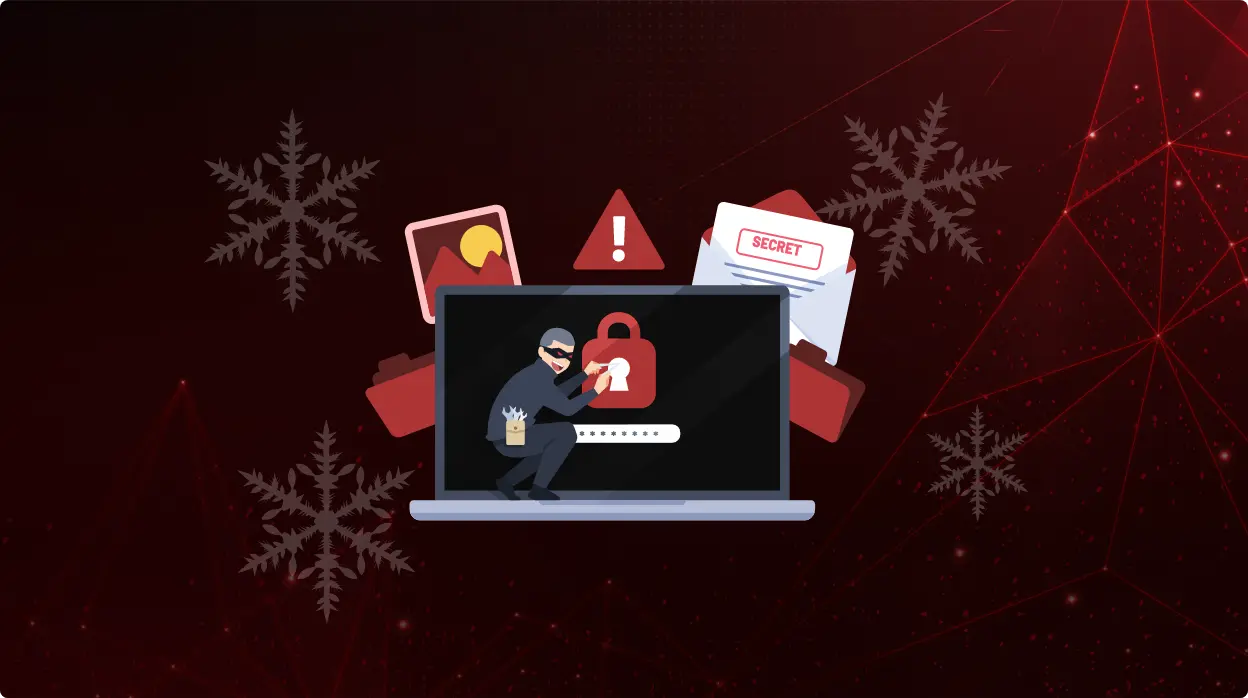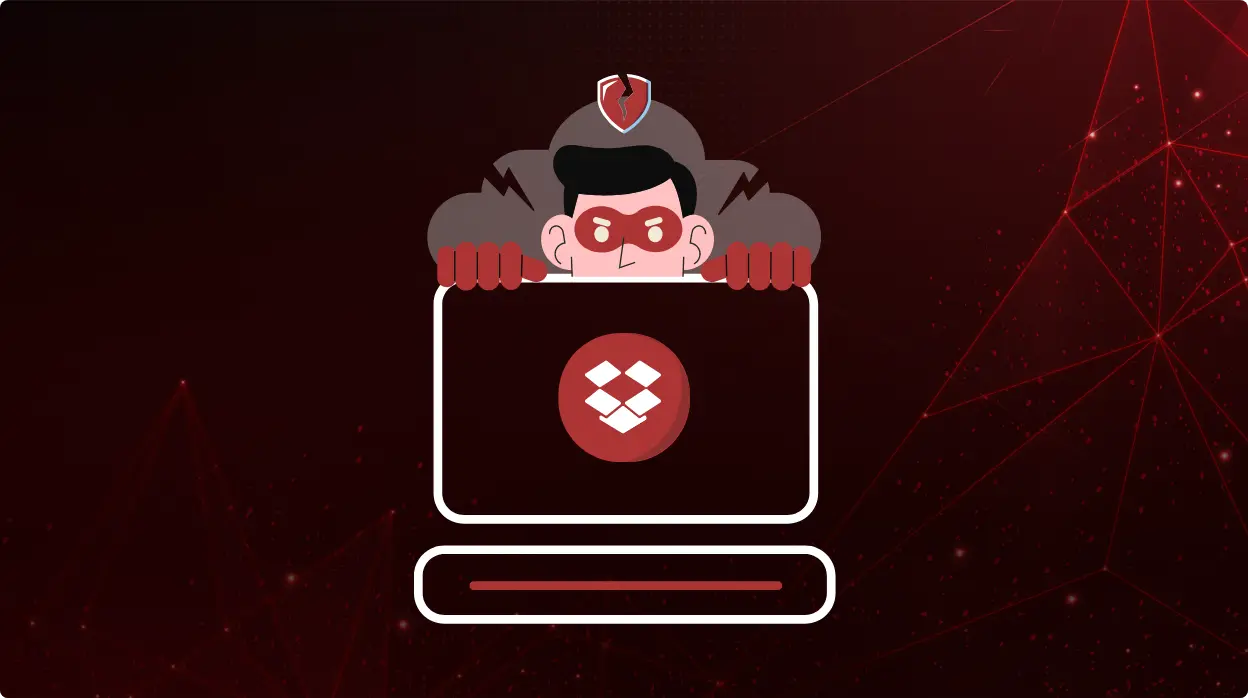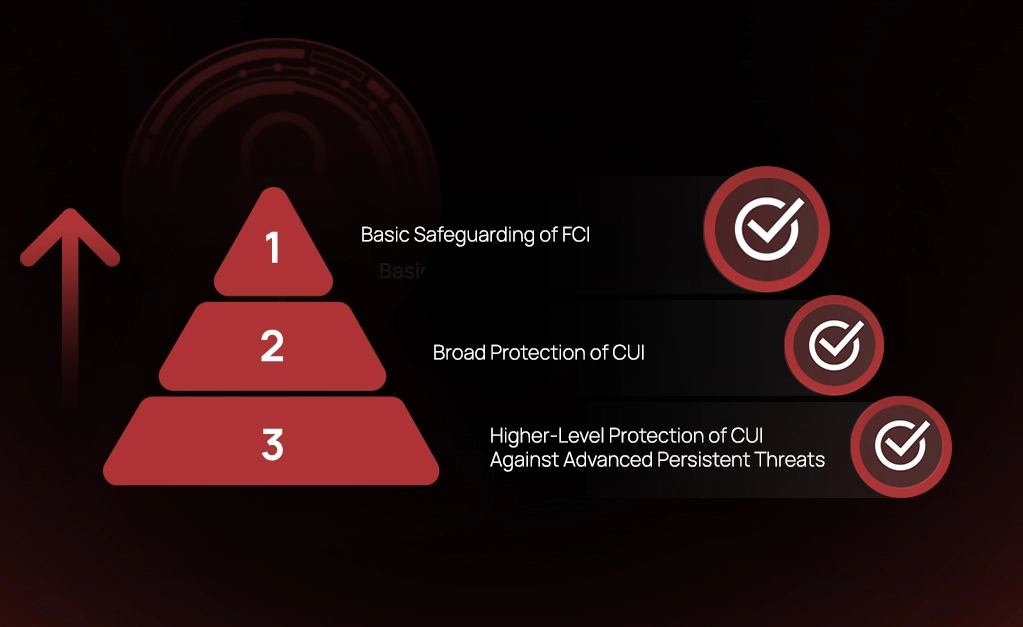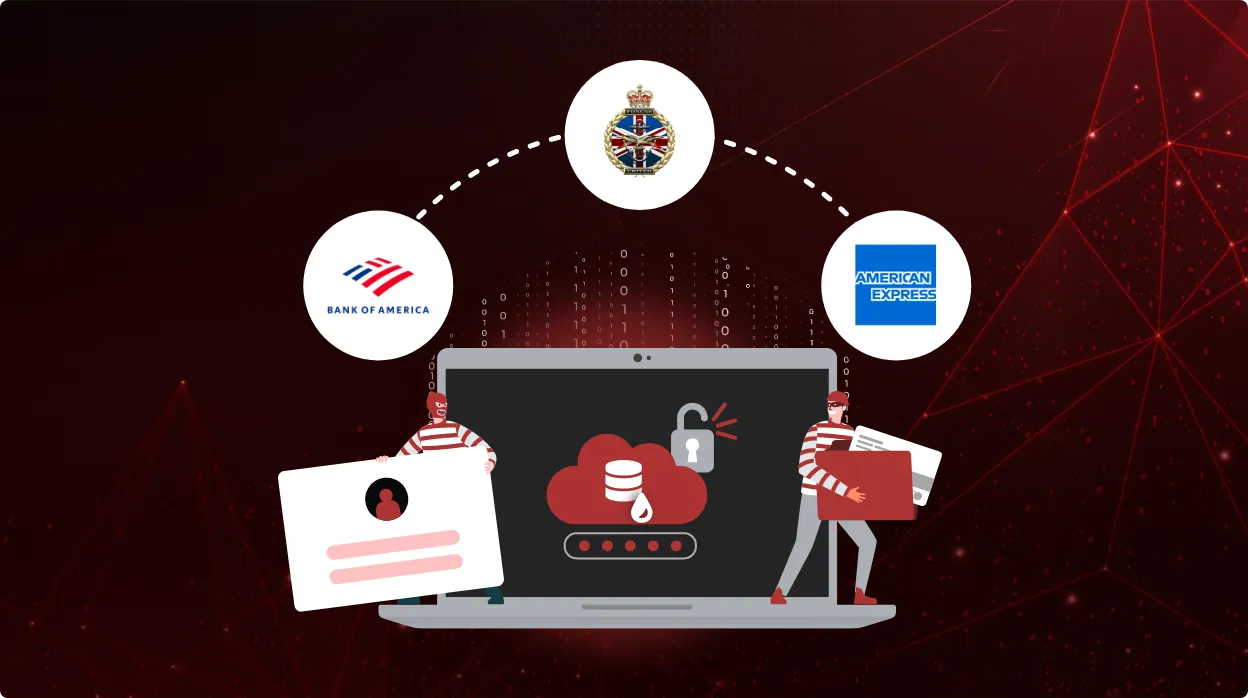How the Snowflake breach snowballed into a major security incident

With its unmatched flexibility and scalability, cloud computing has completely changed how businesses store and handle their data in recent years. One well-known player in this market is Snowflake, a cloud-based data warehousing platform renowned for its ease of handling large datasets. However, as the recent Snowflake data breach shows, security dangers may still affect even the biggest names in the business.
An overview of the data breach
The Snowflake data breach has emerged as a significant incident affecting numerous organizations relying on its cloud services. In recent reports, it was revealed that malicious actors exploited vulnerabilities to gain unauthorized access to Snowflake’s customer accounts. This breach has raised alarms due to its scale and the sensitivity of the data involved.
The timeline of events started with initial reports indicating unauthorized access to a limited number of Snowflake customer accounts. As the inquiry progressed, more hacked accounts were discovered, and cybercriminals claimed to have gained access to and taken large quantities of private information.
Snowflake promptly responded to the breach by acknowledging the security incident and initiating an investigation. They communicated with affected customers and stakeholders, urging them to enhance their security measures, including enabling Multi-Factor Authentication (MFA). Snowflake emphasized their commitment to enhancing security protocols and working closely with cybersecurity experts to contain the breach and mitigate its impact.
Potential causes of the data breach
While the company is still dealing with the aftermath of the breach, reports indicate that it was caused by the exploitation of vulnerabilities in security practices, allowing attackers to gain unauthorized access to sensitive information. Here’s a breakdown of how these vulnerabilities could have potentially contributed to the breach:
Infostealer malware
Infostealer malware undermines cloud security by bypassing traditional defenses and exploiting the trust placed in user credentials. It can operate stealthily, evading detection while silently gathering usernames and passwords from computers and other devices where it has been installed. Once obtained, these credentials could have been used to access Snowflake accounts without proper authorization. Infostealer malware poses a significant threat to cloud security by exploiting weak points in user devices to extract sensitive information.
Risks of single-factor authentication
Snowflake’s reliance on single-factor authentication could have further exacerbated the breach’s impact. Single-factor authentication, which typically relies on just a username and password, lacks the added layer of security provided by Multi-Factor Authentication (MFA). This made it easier for attackers with stolen credentials to gain unauthorized access to Snowflake accounts.
Specific vulnerabilities exploited
The threat actors likely exploited vulnerabilities associated with single-factor authentication, where stolen credentials were used to impersonate legitimate users. This included weaknesses in password management and the absence of additional verification steps, allowing attackers to bypass security measures intended to protect sensitive data.
Unrestricted access and lack of proper controls
Another critical factor in the breach was the lack of stringent access controls within Snowflake’s environment. Unrestricted access permissions, coupled with inadequate monitoring and auditing of user activities, allowed attackers to move freely within the system once inside. This unrestricted access heightened the scope of the breach, enabling attackers to compromise multiple accounts and extract large volumes of sensitive data without immediate detection.
Impact of the data breach
The Snowflake data breach impacted several major companies, including AT&T, Ticketmaster and Santander. Criminal hackers accessed these companies’ accounts, compromising vast amounts of sensitive information. The types of data exposed included customer records, financial information, and other personal details. This breach not only affected the companies directly but also put their customers at risk of identity theft and financial fraud.
This incident highlights significant concerns for cloud security and data protection. It demonstrates the vulnerabilities inherent in cloud-based platforms, especially when robust security measures are not in place. The breach has raised alarm among businesses and customers, shaking their confidence in the security of cloud services. Trust in cloud providers like Snowflake may diminish as a result, potentially affecting their market reputation and customer retention.
Organizations can also be subjected to fines and other penalties by regulatory bodies for failing to protect customer data adequately. Companies must strictly comply with data protection regulations and laws, and breaches like this can lead to intense regulatory scrutiny.
Steps to mitigate risks of future breaches
Enforce Multi-Factor Authentication (MFA)
Multi-Factor Authentication (MFA) adds an extra layer of security by requiring users to provide two or more verification factors to gain access to cloud accounts. This significantly reduces the risk of unauthorized access, even if login credentials are stolen.
Steps to implement MFA effectively:
- Select an MFA method: Choose from various MFA methods, such as SMS codes, authentication apps, or hardware tokens.
- Integrate with existing systems: Ensure the chosen MFA solution integrates seamlessly with your existing cloud infrastructure.
- Educate users: Inform employees about the importance of MFA and provide training on how to use it.
- Enforce MFA policies: Make MFA mandatory for all user accounts, especially those with access to sensitive data.
Implement strong access controls
Principle of least privilege:
Apply the principle of least privilege by granting users only the minimum level of access necessary to perform their job functions. This reduces the risk of unauthorized access and data breaches.
Regular audits and access reviews:
- Conduct access audits: Regularly review user access levels to ensure compliance with security policies.
- Update permissions: Adjust access rights as needed, especially when employees change roles or leave the company.
- Use Role-Based Access Control (RBAC): Implement RBAC to manage permissions more efficiently.
CheckRed’s comprehensive cloud security solution
CheckRed is a leading cloud security tool designed to provide comprehensive protection for cloud environments. It combines Cloud Native Application Protection Platform (CNAPP) capabilities, covering Cloud Security Posture Management (CSPM), Cloud Infrastructure Entitlement Management (CIEM), Cloud Workload Protection Platform (CWPP). It also provides SaaS Security Posture Management (SSPM), allowing you to protect all aspects of your cloud – SaaS, IaaS, and PaaS.
CheckRed effectively addresses misconfigurations by continuously monitoring cloud settings and enforcing security best practices. It prevents data breaches by managing access controls, ensuring that only authorized users can access sensitive data, and enforcing Multi-Factor Authentication (MFA).
For modern organizations, CheckRed is an ideal solution because it offers a unified approach to cloud security, making it easier to identify and mitigate risks. By integrating various security measures into a single platform, CheckRed helps companies maintain a robust security posture and protect their data against threats.


